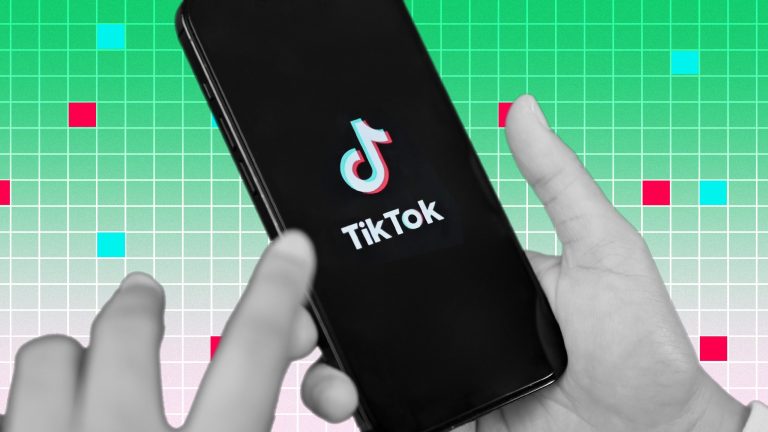In April 2017, millions of Indians launched a #BoycottSnapchat campaign after a Variety news report alleged that CEO Evan Spiegel had said he didn’t want to expand his business into “poor countries like India and Spain.” Spiegel denied making the statement, but the article had already cemented Indians’ understanding of how Snap perceived them.
The pushback hardly mattered back then, as Snap’s India user base was less than 5 million. The Santa Monica company had confined itself to the predominantly iPhone-based U.S. market, and its Android app was languishing from frequent crashes, poor camera quality, and delayed feature updates.
That changed in 2019 when Snap hired former Facebook executive Durgesh Kaushik as its managing director for South Asia. “My personal focus was making Snapchat super relevant for the local audiences,” Kaushik told me in an interview last week.
Within a year of his joining, Snap rebuilt and launched on Android in nine Indian languages. The company also added several local flavors, including augmented reality lenses to celebrate 75 Indian festivities, including Diwali, Onam, and Independence Day. “We started celebrating a lot of cultural moments because India is a land of festivals. That really worked well, like people really loved it,” Kaushik said.
The success of this localization has allowed Snap to grow to over 100 million monthly active users in India. Despite being its largest market outside the U.S., Snap’s India user base is still a third of the size of Instagram’s in the country and has headroom to grow.
To accelerate its next phase of growth, Snap has been forging some crucial partnerships to promote the adoption of augmented reality. In 2021, it partnered with short-video application Moj, which allows hundreds of influencers to use popular Snapchat filters from within the Moj app. The same year, Snap enabled its AR technology to be used within Flipkart, where online shoppers can virtually try on their favorite Nike shoes.
Snap has struck partnerships with game developer Moonfrog Labs, e-commerce brand Sugar Cosmetics, and several media channels, including Sony and Zee. Snap’s TikTok-like 60-second video feed Spotlight now features more local, Indian songs and memes.
To build their community of lens creators, the company has been hosting workshops at high schools and colleges and has so far trained over 5,000 Gen Z students to use Lens Studio, a desktop application to create augmented reality filters, Kaushik said. Jagmeet Singh, a medical student who made the viral Dark Moody filter (viewed 1.2 billion times), was discovered through one of these workshops.
The Indian success is now informing Snap’s expansion in new geographies. “We are taking the localization playbook created in India and implementing that in some South Asian countries,” Kaushik said. Snap is leaning on two big South Asia obsessions — Bollywood and cricket — to build communities in Pakistan, Nepal, Bangladesh, and Sri Lanka. “We are already seeing positive results,” Kaushik said, refusing to disclose further details.



